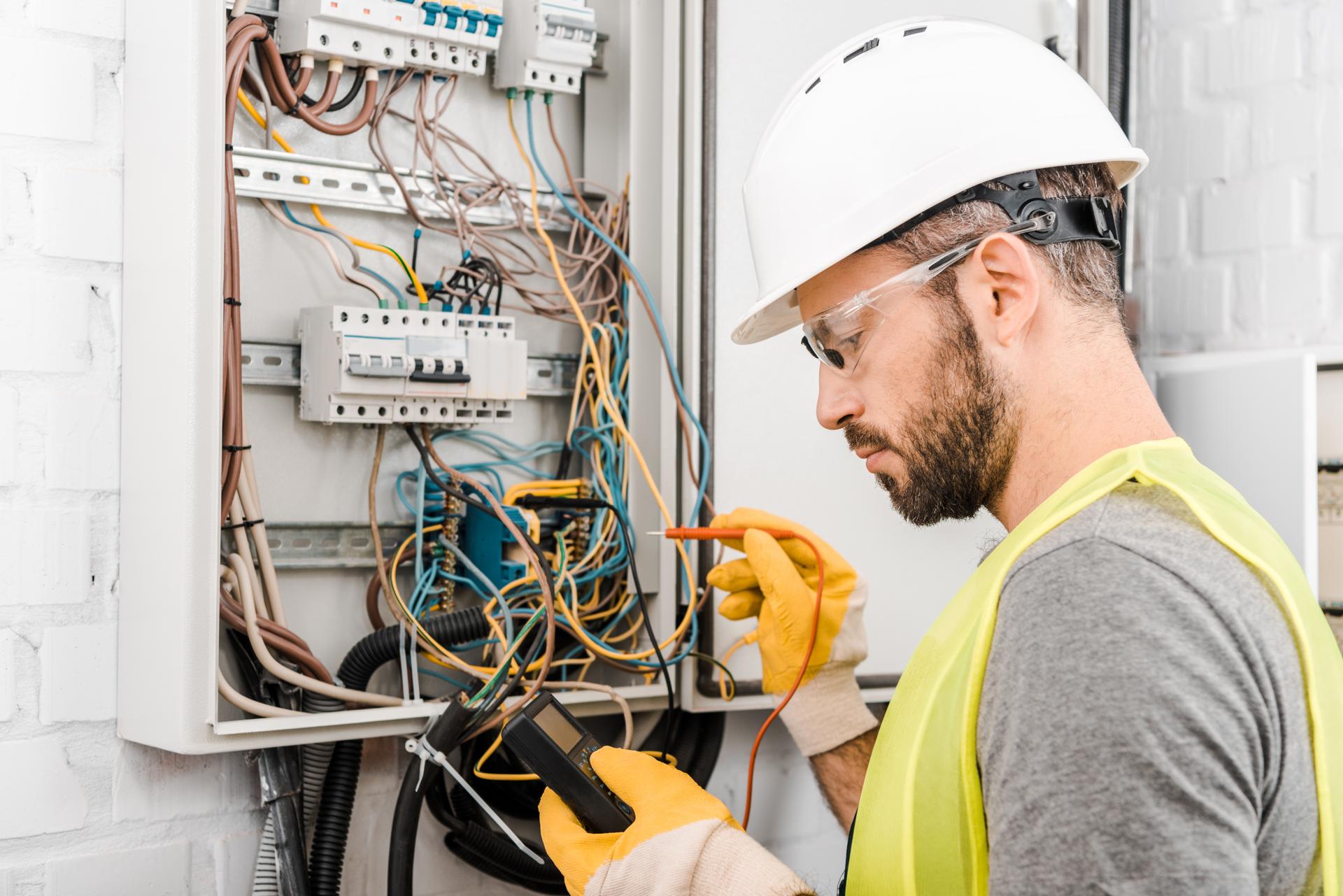Demystifying Electrical Wiring: A Beginner's Guide to How It Works in Your Home

Electricity is a vital part of our everyday lives, powering everything from the lights of our homes to the appliances we use every day. However, electric systems may be complicated, making it difficult to understand how they work isn’t easy. In this guide we’ll go over the elements of an electrical system and show how circuits operate to power devices and appliances. Our residential electricians can handle any electrical jobs you need.
Components of an Electrical System
A home’s electrical system includes a number of key components that work together to provide power throughout a home. These include:
Breaker box: the main distribution point for electric power in a home that is where electricity is divided into different circuits
Switches and outlets: the places where electricity is delivered to devices and appliances
Wiring: the wires that transport power from the breaker box, to the outlets and switches
Electrical appliances and devices: the appliances and devices that require electricity for their functions.
Electrical Circuits
The term "electrical circuit" refers to a path which allows electricity to flow from the point of origin (the breakers box) to the appliances and devices in a home. There are two types of electrical circuits that can be found in the home which are 120-volt circuits and circuits that are 240-volts. 120-volt circuits are employed to power most household appliances and appliances, whereas 240-volt circuits are used for larger appliances such as dryers and air conditioners.
Electrical circuits work by creating an electrical loop that allows power to flow from the source to the device or appliance. The loop is made up of a hot wire which carries the electricity, a neutral wire that completes the circuit, and a ground wire that provides an avenue for electricity to travel to the ground in the event the fault occurs.
Understanding the electrical Wiring
Electrical wiring comes in several kinds, such as non-metallic sheathed cables (NM) and armored cable (AC), and conduit. Each kind comes with its own pros and drawbacks and the selection of the type of wiring is based on the specific requirements of the installation.
Electricity travels through wiring through the creation of electrons through the wire. The electrons travel between the origin and the device or appliance and then back to the source through the neutral wire. It’s essential to ensure that the wiring is put in place and maintained correctly, as defective wiring could lead to electrical hazards like shocks and fires.
Common Electrical Issues
The most frequent electrical problems found in homes include tripping breakers, flickering lights and electrical outlets that are not working. The causes of these issues could be by a myriad of causes that include overloading circuits, broken connections, and defective wiring.
If you experience any of these issues it is essential to determine the root cause and take actions to rectify the issue. In some instances, this may involve contacting an authorized electrician to look over and fix the wiring.
Concluding as well as a Call to Action
In conclusion, understanding how electrical wiring operates is essential to ensure the security and reliability of your home’s electrical system. By following the guidelines outlined in this article to stay secure and avoid potential dangers.
In case you’ve got any concerns or questions regarding your home’s electrical system Don’t hesitate to reach out to Local Electrician St Marys. Our electricians are licensed and has the experience and knowledge to address all of your electrical requirements. Contact us by phone at 1300 941 876 to schedule a consultation.
FAQ
What are the indicators of faulty electrical wiring?
The signs of an electrical wiring issue may include tripping breakers flickering lights, or dead outlets, among others.
How often should I schedule my electrical system at home inspected?
It’s recommended that you get your home’s electrical system checked by an accredited electrician each 10 years.
What is the life expectancy of wiring that is electrical?
The lifespan of electrical wiring is based on many factors, such as what kind of wire, the setting it’s placed in, as well as the quality of the installation. In general, electrical wiring can last as long as thirty years, or even more if it’s installed with the proper installation and maintenance.
Can I fix electrical problems myself or should I always engage an electrician?
While some electrical issues are fixable by homeowners, it’s recommended that you hire an authorized electrician for the majority of electrical repairs. Attempting to fix electrical problems without the proper education and expertise is risky and can result in damage or injury in your house.
What should I do if I encounter an electrical problem within my home?
If you encounter an electrical issue first thing to do is to cut off the power to the affected location by turning off the fuse or breaker. Then, contact an authorized electrician to inspect and repair the issue as soon as is possible.
By following these guidelines, you can ensure the security and reliability of the electrical system in your home and reduce possible dangers. Keep in mind that when you need repairs to your electrical system or installations, it’s best to leave it to the experts. Reach out to Local Electrician St Marys at 1300 941 876 for all your electrical needs.
